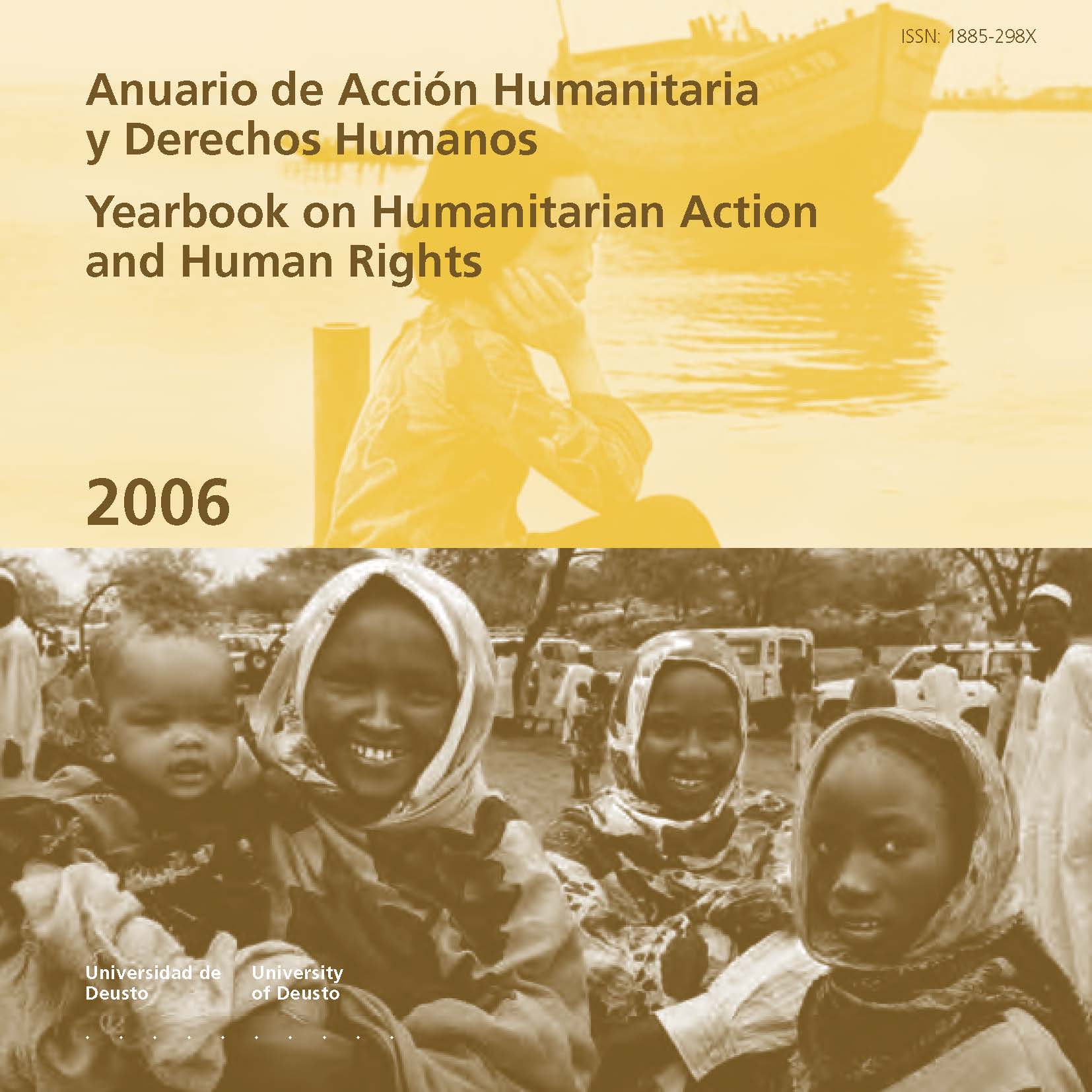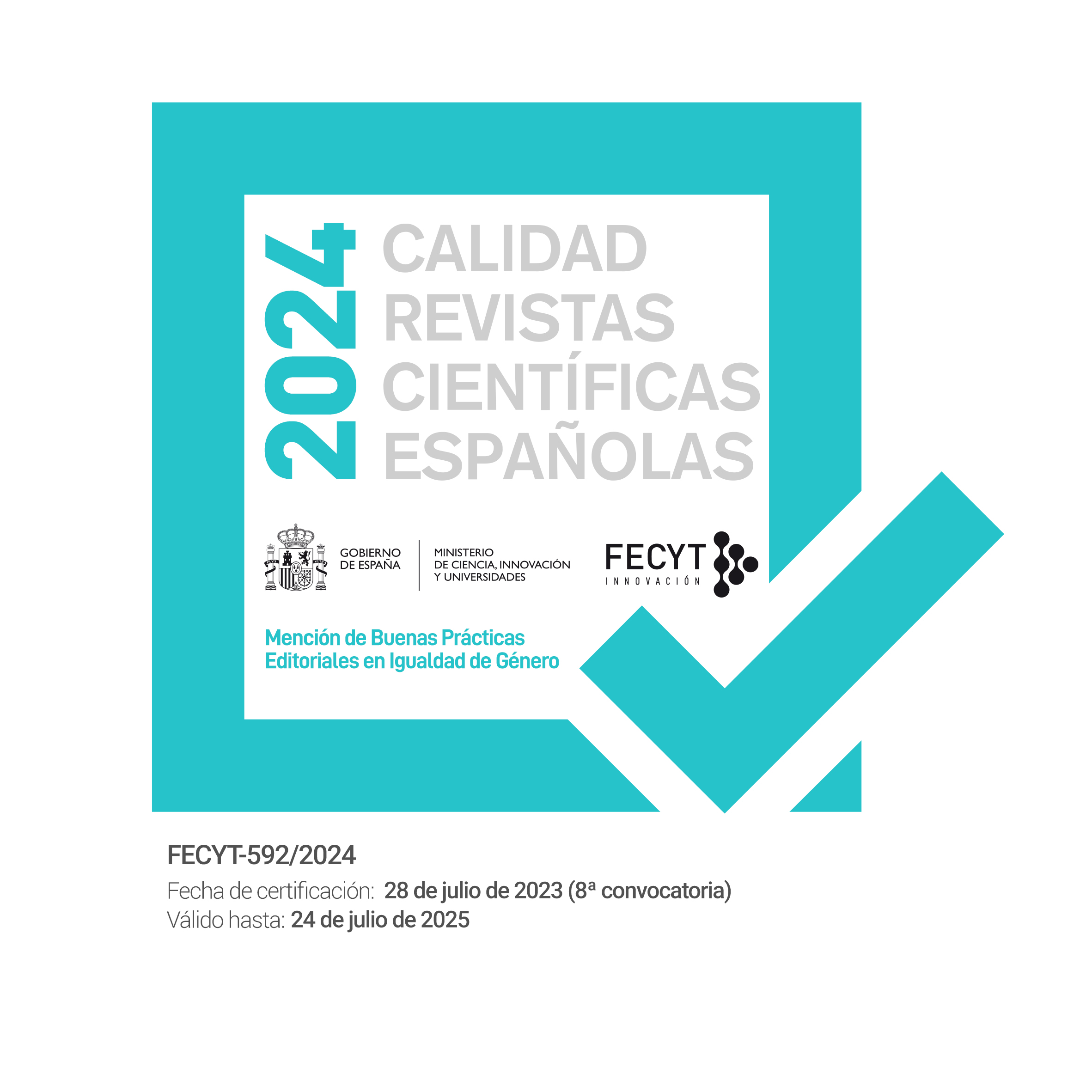Elementos para un proceso de reconciliación sostenible
Abstract
Reconciliation is one of the main challenges that face countries able to overcome a situation of armed conflict. This is a long and complex process that involves remembering the past, redesigning the present, and building the future. The purpose of this document is to reflect on the elements that need to be taken into account for a process of sustainable reconciliation. That is a process that includes victims' attention, closure of the cycle of violence and the construction of a stable and durable peace. To do that it is followed the proposal of John Paul Lederach who develops the idea of an integrated framework of reconciliation based on three axes of coordinates: time and objectives in the short, medium and long term; the dimensions or areas of action (legal, psychological and structural); and the different levels of society (political, middle and grassroots level). It is concluded that there are no unique and satisfactory peace-building formulas in a society. The times that are handled, the mechanisms that are implemented and the actors that intervene vary from one reality or another. Nevertheless, the idea of reconciliation as an integral process is and must be the essence for the success and sustainability of peace.
Published online: 11 December 2017
Downloads
Deusto Journal of Human Rights / Revista Deusto de Derechos Humanos is an Open Access journal; which means that it is free for full and immediate access, reading, search, download, distribution, and reuse in any medium only for non-commercial purposes and in accordance with any applicable copyright legislation, without prior permission from the copyright holder (University of Deusto) or the author; provided the original work and publication source are properly cited (Issue number, year, pages and DOI if applicable) and any changes to the original are clearly indicated. Any other use of its content in any medium or format, now known or developed in the future, requires prior written permission of the copyright holder.



3.jpg)
3.jpg)
3.jpg)
.jpg)








